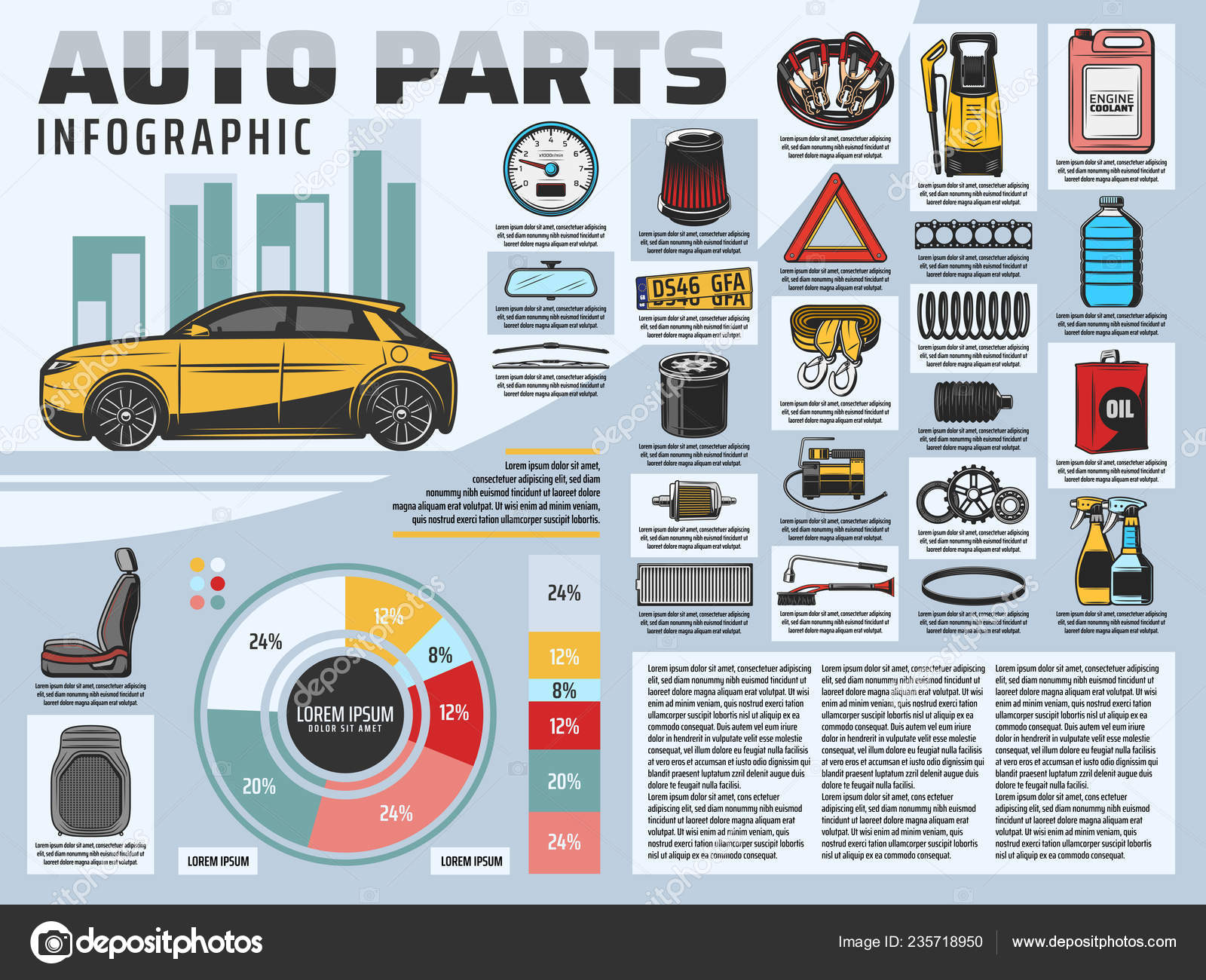When you're behind the wheel, those glowing warning lights on your control panel can be a bit complicated. Do you recognize what they're trying to inform you concerning your automobile's health? Understanding the relevance of these lights is vital for your security and the long life of your car. So, the following time one of those lights appears, would not you intend to analyze its message properly and take the essential steps to resolve it?
Common Caution Lighting and Interpretations
Determine typical warning lights in your vehicle and comprehend their significances to make sure risk-free driving.
The most common caution lights consist of the check engine light, which signifies issues with the engine or exhausts system. If this light begins, it's vital to have your car checked quickly.
The oil stress alerting light shows reduced oil pressure, needing instant focus to avoid engine damage.
A blinking battery light may recommend a defective billing system, potentially leaving you stranded if not addressed.
The tire pressure monitoring system (TPMS) light notifies you to reduced tire stress, influencing car stability and fuel performance. Ignoring boatdetailingauckland can cause dangerous driving conditions.
The abdominal light shows a trouble with the anti-lock braking system, jeopardizing your capacity to quit rapidly in emergency situations.
Finally, the coolant temperature level warning light warns of engine overheating, which can lead to extreme damage if not fixed quickly.
Comprehending these typical caution lights will help you address concerns immediately and maintain safe driving problems.
Importance of Prompt Focus
Recognizing the common caution lights in your cars and truck is only the initial step; the importance of without delay resolving these cautions can not be emphasized sufficient to guarantee your safety and security when driving.
When a warning light illuminates on your dashboard, it's your car's method of interacting a possible problem that needs interest. Overlooking these warnings can lead to a lot more extreme troubles down the road, jeopardizing your safety and possibly costing you much more in repairs.
Motivate interest to advising lights can prevent failures and crashes. As marine restoration , a flashing check engine light can suggest a misfire that, if left neglected, can cause damages to the catalytic converter. Resolving this promptly can conserve you from an expensive fixing.
Likewise, a brake system advising light may indicate low brake liquid or worn brake pads, essential components for your safety when driving.
DIY Troubleshooting Tips
If you notice a warning light on your dashboard, there are a couple of do it yourself troubleshooting ideas you can try before looking for expert assistance.
The first step is to consult your cars and truck's guidebook to recognize what the specific warning light indicates. Often Learn Alot more can be as straightforward as a loosened gas cap triggering the check engine light. Tightening the gas cap might fix the trouble.
An additional usual problem is a low battery, which can set off different alerting lights. Checking the battery links for deterioration and ensuring they're safe might take care of the problem.
If a warning light continues, you can attempt resetting it by detaching the automobile's battery for a couple of mins and afterwards reconnecting it. Additionally, checking your lorry's fluid degrees, such as oil, coolant, and brake liquid, can aid fix cautioning lights connected to these systems.
Final thought
In conclusion, understanding your car's caution lights is essential for maintaining your vehicle running efficiently and safely. By immediately addressing these informs and knowing what they indicate, you can avoid pricey fixings and potential breakdowns.
car cleaners near me in mind to consult your cars and truck's manual for specific details on each alerting light and act as necessary to guarantee a hassle-free driving experience.
Remain educated, stay secure on the road!
